Introduction: Bridging the Gap Between Business and Policy
In a world where regulations, legislation, and public perception shape the environment in which businesses and nonprofits operate, navigating the political landscape has never been more crucial. Government relations services have emerged as a strategic necessity for organizations that aim not just to survive, but to thrive, influence, and lead.
At its core, government relations is the practice of managing communication and advocacy between an organization and public authorities. These services provide the vital link that helps institutions voice their interests, shape legislation, and secure access to key decision-making spaces.
What Are Government Relations Services?
Government relations services refer to a suite of professional strategies used to influence government policy and regulatory outcomes in favor of a client’s objectives. These services span multiple dimensions, including:
- Lobbying and Advocacy: Engaging directly with lawmakers and government officials to influence legislation.
- Policy Monitoring and Analysis: Keeping track of relevant legislative developments and providing strategic insight.
- Regulatory Affairs: Ensuring compliance while proactively managing regulatory risks.
- Coalition Building: Uniting stakeholders with shared interests to amplify a message.
- Public Sector Strategy: Aligning business goals with governmental priorities to unlock mutual opportunities.
For companies, NGOs, educational institutions, and even municipalities, these services provide the critical leverage needed to operate in or influence complex governmental systems.
Why Government Relations Services Matter
1. Influence Over Regulatory Outcomes
Legislation and regulations affect nearly every aspect of modern enterprise—from labor laws and taxation to data privacy and environmental standards. Having a say in the drafting phase of such policies can mean the difference between opportunity and obstruction. Organizations that invest in proactive government relations are better positioned to shape favorable regulatory outcomes.
2. Risk Mitigation
Being unaware of an upcoming regulation could lead to non-compliance, legal battles, and loss of operational capacity. Government relations professionals help organizations stay ahead of policy shifts, allowing them to pivot before legislation takes effect.
3. Competitive Advantage
Whether it’s securing a favorable tax incentive, a zoning exception, or eligibility for government contracts, organizations with strategic governmental ties often enjoy advantages not available to competitors operating blindly.
4. Reputation and Credibility
An organization with visible, ethical, and transparent interaction with public institutions enhances its credibility—not just with governments, but with the general public, partners, and investors.
Real-World Impact: Applications of Government Relations Services
Case Example 1: Tech Sector Advocacy
A leading tech firm, anticipating stringent privacy laws, worked with a government relations team to present an alternative compliance model that achieved the legislative intent while preserving innovation. This not only helped shape the policy but positioned the firm as a responsible leader in the space.
Case Example 2: Education and Public Funding
A private university partnered with a strategic government relations advisory to gain access to newly announced federal education grants. By aligning curriculum development with national workforce goals, the university secured millions in funding for student programs.
Case Example 3: Infrastructure and Local Policy
A construction firm looking to expand into a new region used government relations consultants to navigate complex permitting laws. Their engagement helped reduce approval timelines from 18 months to just six, saving significant operational costs.
Key Components of a Strong Government Relations Strategy
To leverage government relations effectively, an organization must structure its engagement carefully. Below are essential components:
1. Goal Definition
Before reaching out to government stakeholders, an organization must clearly define what it hopes to achieve—be it regulatory relief, access to funding, or influence over new legislation.
2. Stakeholder Mapping
Who are the key influencers? What are their priorities? Stakeholder mapping ensures resources are directed toward the decision-makers and policymakers most relevant to your goals.
3. Narrative Building
Policymakers are more likely to listen when your objectives are aligned with public benefit. Crafting a compelling narrative that links your interests to societal or governmental goals is essential.
4. Relationship Management
Government relations are not about one-off meetings. They are about sustained, trust-based relationships. Successful practitioners nurture long-term partnerships across political cycles.
5. Monitoring and Feedback Loops
The political landscape changes rapidly. A robust system for monitoring policy developments and adapting strategies accordingly is crucial to remaining influential.
Evolving Trends in Government Relations
Digital Lobbying and Real-Time Influence
With legislative processes now influenced by real-time data and social media, government relations strategies have evolved. Digital lobbying—via targeted online campaigns and social listening—has become a new frontier for influence.
Cross-Border Government Relations
Globalization has led companies to operate across multiple regulatory environments. As a result, cross-border government relations services now involve coordination between multiple legal jurisdictions, treaties, and trade agreements.
ESG and Government Engagement
As environmental, social, and governance (ESG) issues dominate the political discourse, businesses are integrating ESG considerations into their public policy advocacy. Doing so not only supports sustainability efforts but also aligns with government funding priorities.
Common Misconceptions About Government Relations Services
- “It’s just lobbying.”
While lobbying is a part, government relations encompass much more—relationship management, compliance, and strategic communications. - “Only big corporations need it.”
Even small and mid-sized organizations can benefit from knowing how policy affects them and how to make their voices heard. - “It’s unethical or manipulative.”
Legitimate government relations focus on transparency, compliance, and mutual benefits. It’s about collaboration, not coercion.
How to Choose a Government Relations Partner
When selecting a provider of government relations services, look for the following qualities:
- Experience Across Jurisdictions: Especially important for multinational operations.
- Deep Industry Knowledge: Sector-specific insight enables more relevant engagement.
- Access to Decision-Makers: Established networks can fast-track your goals.
- Ethical Standing: Adherence to lobbying regulations and a reputation for integrity are non-negotiable.
Conclusion: Strategic Influence for Sustainable Growth
In an era where the pace of policy-making is faster than ever, and the consequences more far-reaching, government relations services are not just beneficial—they are indispensable. Organizations that fail to engage with government may find themselves blindsided by regulations, while those that invest in strategic advocacy are better equipped to thrive.
At William Blackstone Internacional, we’ve helped clients across industries navigate complex regulatory environments, engage with key government stakeholders, and influence policies that directly impact their future. Our approach to government relations services is built on transparency, foresight, and long-standing expertise.
For more expert insights, strategies, and case studies, visit our blog and discover how government relations can elevate your influence and operational resilience.













